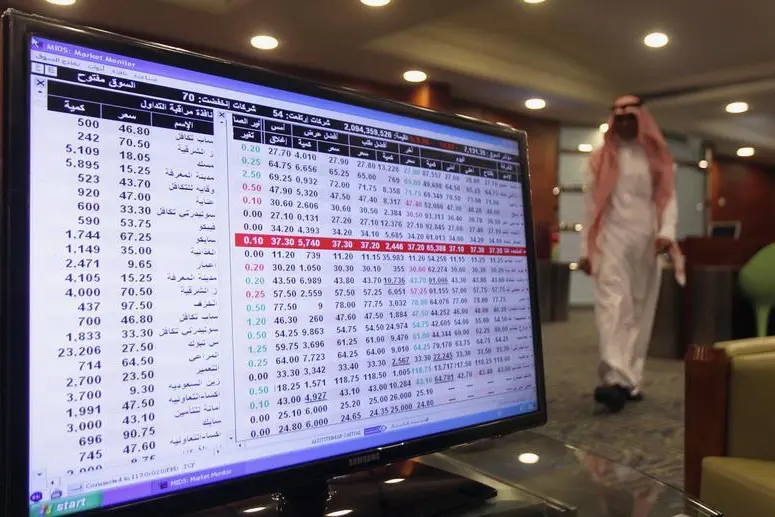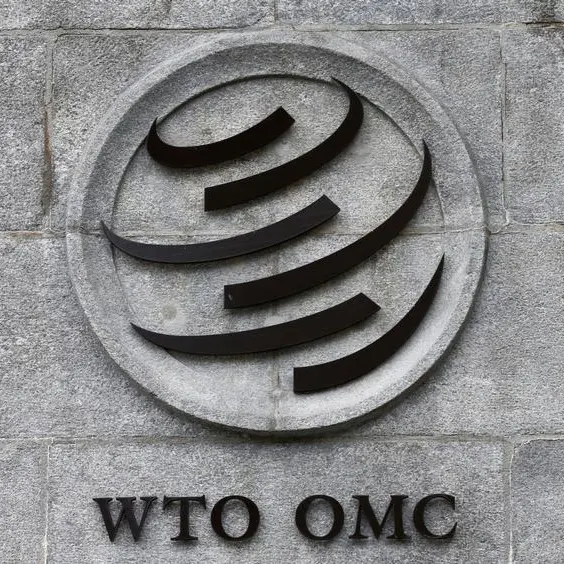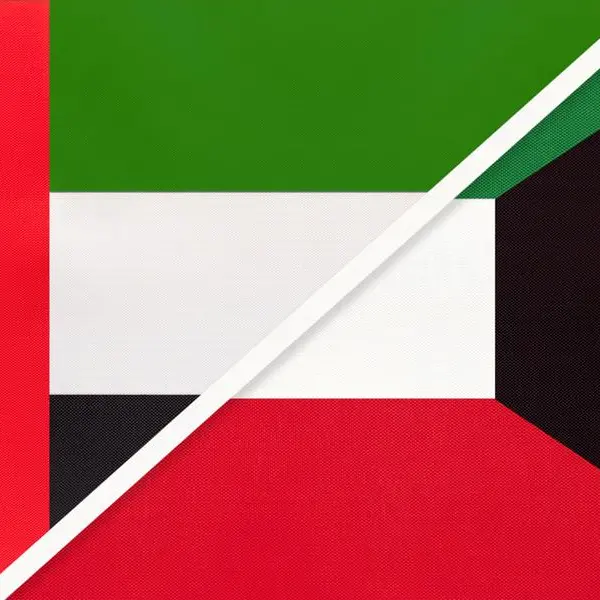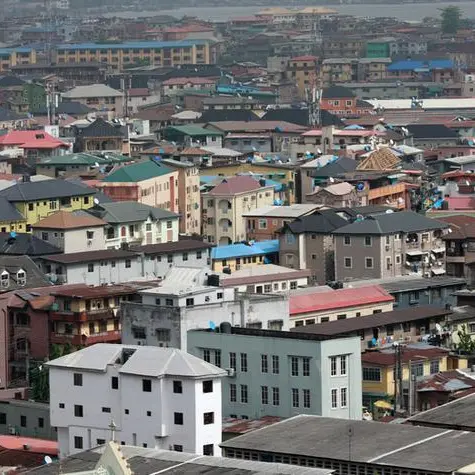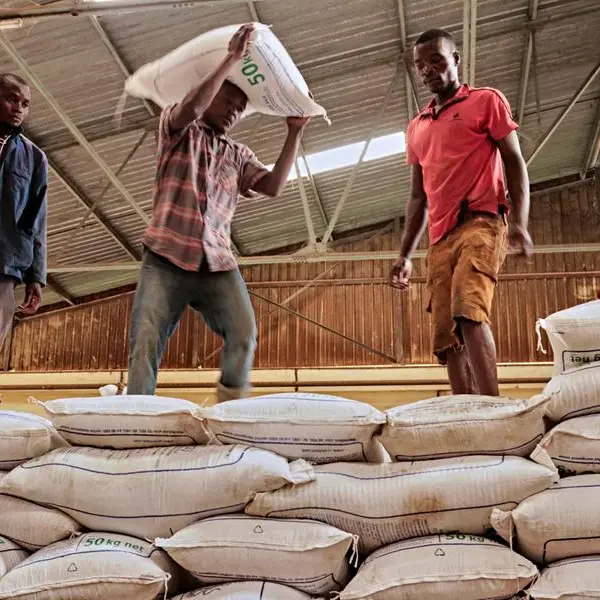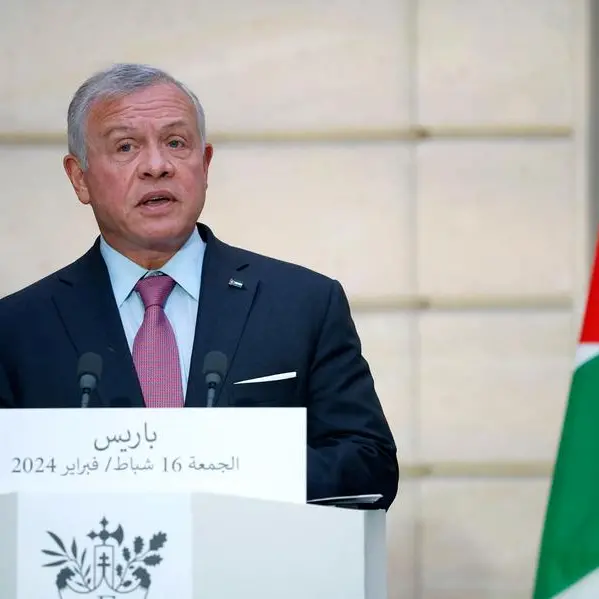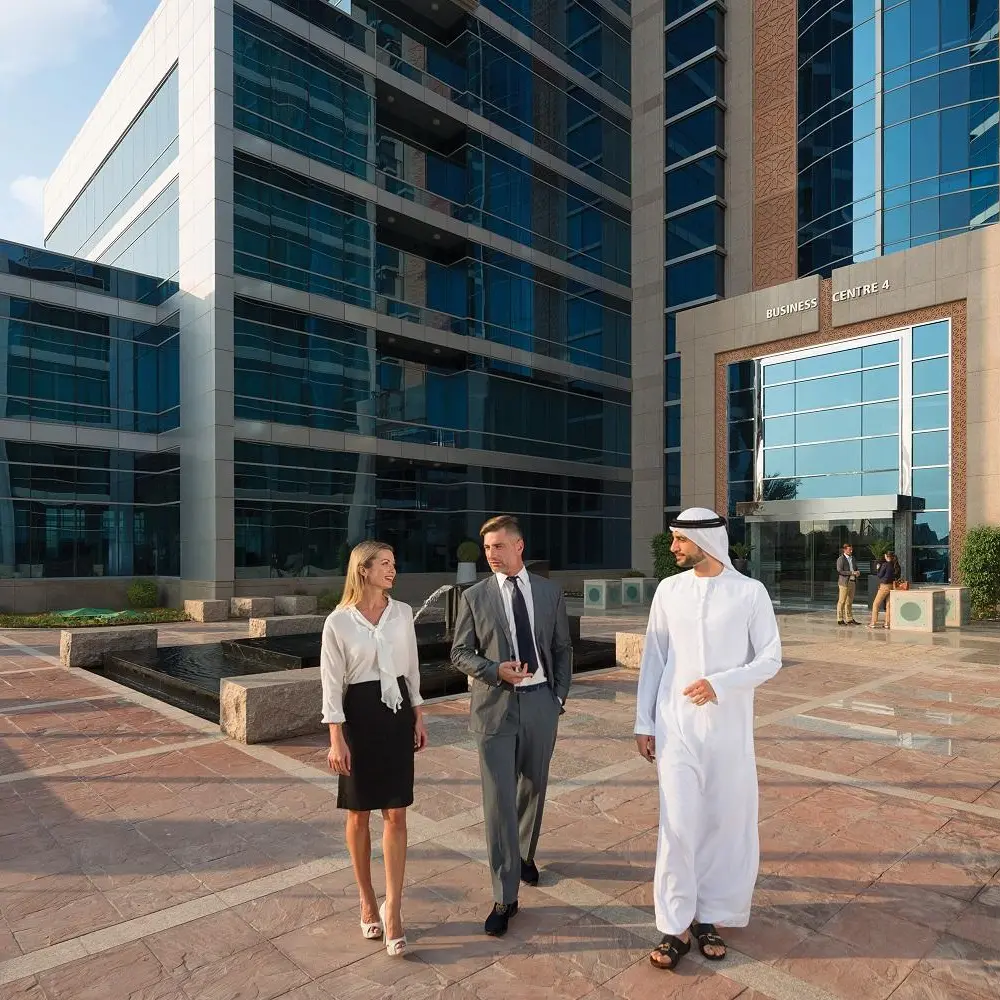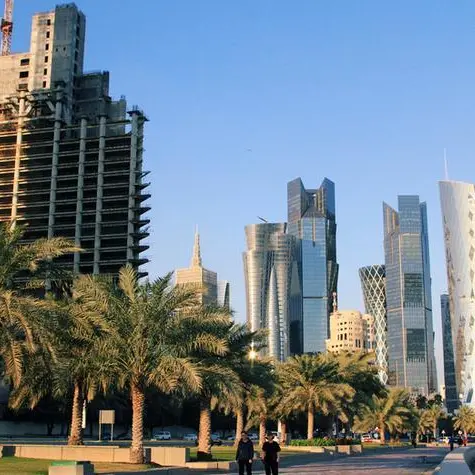PHOTO
05 May 2016
Jeddah - Saudi Vision 2030 outlines a path that the Kingdom will take in order to build a thriving country and economy, setting out long-term goals and expectations, according Jadwa Investment.
The Vision 2030 plan highlights how Saudi Arabia's key strengths and capabilities can be turned into enabling tools to help transform Saudi Arabia over the next 15 years, according to Jadwa economists.
The Vision is based on three main themes. Each of these themes includes several sub-themes.
The 'vibrant society' theme touches on the Kingdom's unique social and cultural values and includes targets and commitments aimed at promoting Saudi Arabia's deep-rooted national identity.
The 'ambitious nation' theme emphasizes how central government can move to become an efficient, responsible, and accountable organization.
The 'thriving economy' theme focuses on diversifying the economy, improving the business environment, attracting the best local and international talent, as well as creating opportunities through encouraging investment.
The Vision 2030 plan sees the Kingdom's religious and cultural heritage, investment prowess, and locational advantage playing a vital role in moving the economy forward.
The Vision will remain the point of reference for all future decisions including both the plan to restructure Saudi Aramco into an industrial conglomerate and the implementation of a National Transformation Program (NTP).
The Kingdom's recent economic history has witnessed sudden shifts in its business cycles which has correlated to government expenditure, traditionally an important stimulator of growth in the non -oil economy, but sensitive to movements in oil prices.
The Kingdom witnessed slower economic growth during several episodes of oil price declines (1980s and late 1990s).
This led to some rapid reductions in government spending and a subsequent slowdown in growth. While today's episode of oil price decline is similar to previous ones, the Kingdom does enjoy an exception in the form of substantial fiscal buffers.
However, as the extraordinary expansionary cycle over the last 10 years has taken place, and the economy is now among the largest in the world, it remains reliant on government spending and subsidies. Between 2005 and 2015, current expenditure -- the rigid part of government spending -- increased significantly from SR284 billion to SR673 billion. But spending is still mainly financed by oil revenues. Over the past five years, 87 percent of the annual share of government revenues has come from oil.
As the economy expanded, so did energy consumption, which meant that the government lost out on an increasing portion of oil revenues, since domestic energy was sold at very low levels. Following the January 2016 energy price increases, authorities have highlighted that the domestic energy price programs already in place have mainly benefitted high-income groups, rather than those in low and mid-level income groups.
This is because higher income groups generally have larger energy consumption patterns, and use the most of the electricity generation and fuel consumption.
Therefore, authorities have pointed to a likely rationalization in future prices of energy products.
The Vision also seeks to set a clear subsidy criteria, including on fuel, food, water, and electricity, in order to create a more equitable distribution.
"We also think this reform will significantly improve the fiscal balance. This simply highlights the significance and importance of such Vision being announced at this stage," said the Jadwa research team.
To help achieve the Vision, several major transformative and executive programs have been identified, some of which have already been underway, while others were announced for the first time.
Transformative programs include the government restructuring program, which is aimed at aligning systems with national priorities.
The fiscal balance program is aimed at enhancing the efficiency and sustainability of the fiscal budget. Executive programs were also identified, including two designated programs aimed at restructuring Saudi Aramco and the Public Investment Fund (PIF).
The highly anticipated NTP was also identified as one of the executive programs under the Vision. According to the Vision, NTP will include specific initiatives and clear performance indicators for government agencies that will help achieve national priorities consistent with this Vision. The Vision has also hinted at more transformative and executive programs likely being launched in the next few years, which would significantly impact its implementation.
"In this report, we attempt to illustrate the main economic reasons behind having this new Vision by focusing on the "thriving economy" theme. We also highlight the main economic and financial targets as well as the transformative and executive programs specified within this Vision," said the researchers.
The economic theme puts clear guidelines on the methodology to diversify the economy away from oil, and reducing the reliance on government spending as the main source for growth. According to this theme, through a combination of initiatives, including investment, privatization, and public-private partnerships, the Kingdom will be able to develop entirely new economic sectors.
These initiatives should help achieve the specific goals highlighted for this theme.
Broader goals that will ensure a thriving economy include raising the share of non-oil private sector GDP from 40 percent to 65 percent.
This theme also includes an ambitious target of increasing the Kingdom's ranking, in terms of GDP size, from 19th to be among the top 15 countries in the world.
Jeddah - Saudi Vision 2030 outlines a path that the Kingdom will take in order to build a thriving country and economy, setting out long-term goals and expectations, according Jadwa Investment.
The Vision 2030 plan highlights how Saudi Arabia's key strengths and capabilities can be turned into enabling tools to help transform Saudi Arabia over the next 15 years, according to Jadwa economists.
The Vision is based on three main themes. Each of these themes includes several sub-themes.
The 'vibrant society' theme touches on the Kingdom's unique social and cultural values and includes targets and commitments aimed at promoting Saudi Arabia's deep-rooted national identity.
The 'ambitious nation' theme emphasizes how central government can move to become an efficient, responsible, and accountable organization.
The 'thriving economy' theme focuses on diversifying the economy, improving the business environment, attracting the best local and international talent, as well as creating opportunities through encouraging investment.
The Vision 2030 plan sees the Kingdom's religious and cultural heritage, investment prowess, and locational advantage playing a vital role in moving the economy forward.
The Vision will remain the point of reference for all future decisions including both the plan to restructure Saudi Aramco into an industrial conglomerate and the implementation of a National Transformation Program (NTP).
The Kingdom's recent economic history has witnessed sudden shifts in its business cycles which has correlated to government expenditure, traditionally an important stimulator of growth in the non -oil economy, but sensitive to movements in oil prices.
The Kingdom witnessed slower economic growth during several episodes of oil price declines (1980s and late 1990s).
This led to some rapid reductions in government spending and a subsequent slowdown in growth. While today's episode of oil price decline is similar to previous ones, the Kingdom does enjoy an exception in the form of substantial fiscal buffers.
However, as the extraordinary expansionary cycle over the last 10 years has taken place, and the economy is now among the largest in the world, it remains reliant on government spending and subsidies. Between 2005 and 2015, current expenditure -- the rigid part of government spending -- increased significantly from SR284 billion to SR673 billion. But spending is still mainly financed by oil revenues. Over the past five years, 87 percent of the annual share of government revenues has come from oil.
As the economy expanded, so did energy consumption, which meant that the government lost out on an increasing portion of oil revenues, since domestic energy was sold at very low levels. Following the January 2016 energy price increases, authorities have highlighted that the domestic energy price programs already in place have mainly benefitted high-income groups, rather than those in low and mid-level income groups.
This is because higher income groups generally have larger energy consumption patterns, and use the most of the electricity generation and fuel consumption.
Therefore, authorities have pointed to a likely rationalization in future prices of energy products.
The Vision also seeks to set a clear subsidy criteria, including on fuel, food, water, and electricity, in order to create a more equitable distribution.
"We also think this reform will significantly improve the fiscal balance. This simply highlights the significance and importance of such Vision being announced at this stage," said the Jadwa research team.
To help achieve the Vision, several major transformative and executive programs have been identified, some of which have already been underway, while others were announced for the first time.
Transformative programs include the government restructuring program, which is aimed at aligning systems with national priorities.
The fiscal balance program is aimed at enhancing the efficiency and sustainability of the fiscal budget. Executive programs were also identified, including two designated programs aimed at restructuring Saudi Aramco and the Public Investment Fund (PIF).
The highly anticipated NTP was also identified as one of the executive programs under the Vision. According to the Vision, NTP will include specific initiatives and clear performance indicators for government agencies that will help achieve national priorities consistent with this Vision. The Vision has also hinted at more transformative and executive programs likely being launched in the next few years, which would significantly impact its implementation.
"In this report, we attempt to illustrate the main economic reasons behind having this new Vision by focusing on the "thriving economy" theme. We also highlight the main economic and financial targets as well as the transformative and executive programs specified within this Vision," said the researchers.
The economic theme puts clear guidelines on the methodology to diversify the economy away from oil, and reducing the reliance on government spending as the main source for growth. According to this theme, through a combination of initiatives, including investment, privatization, and public-private partnerships, the Kingdom will be able to develop entirely new economic sectors.
These initiatives should help achieve the specific goals highlighted for this theme.
Broader goals that will ensure a thriving economy include raising the share of non-oil private sector GDP from 40 percent to 65 percent.
This theme also includes an ambitious target of increasing the Kingdom's ranking, in terms of GDP size, from 19th to be among the top 15 countries in the world.
© Arab News 2016
